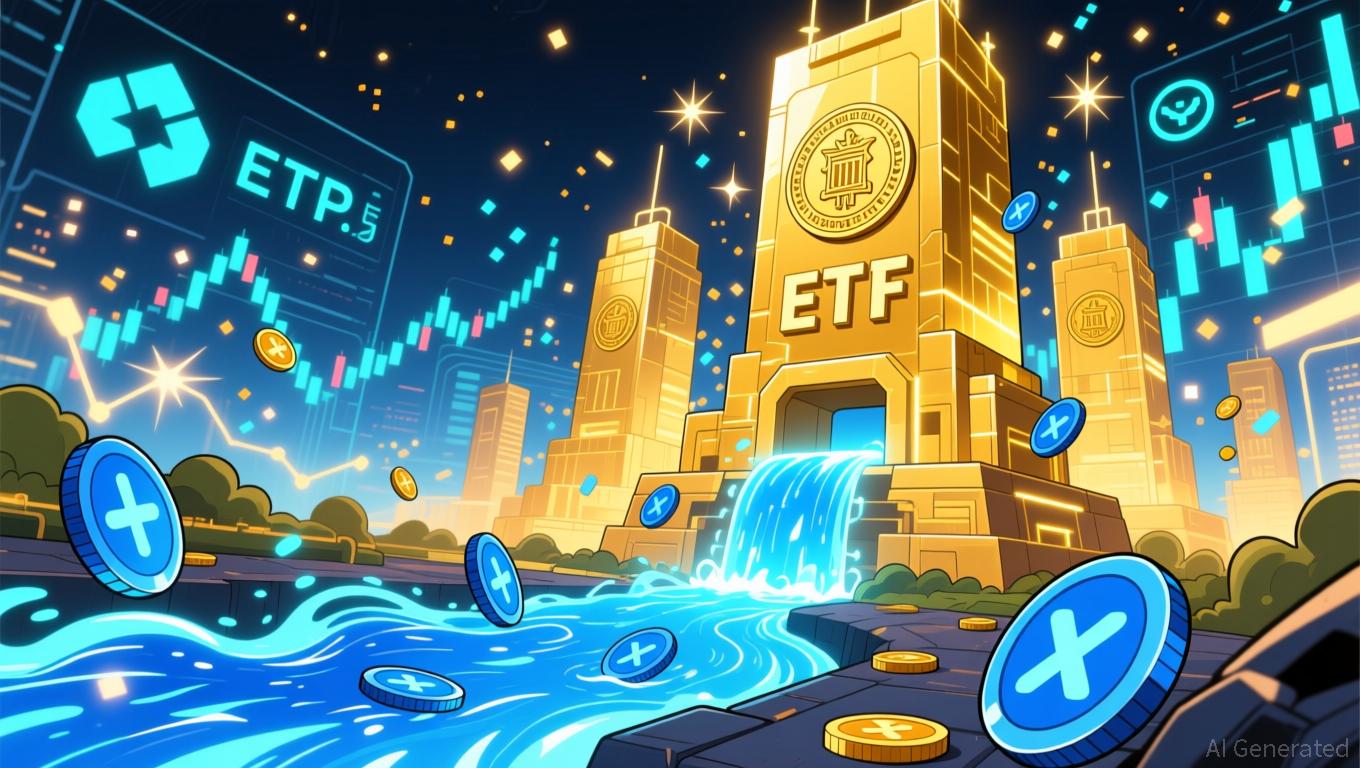Alive Cryptocurrencies – Introducing Mortality Into Digital Economies
HodlX Guest Post Submit Your Post
The idea of ‘alive cryptocurrencies’ begins with a simple question what if tokens had lifespans and their deaths were unpredictable?
Unlike traditional cryptocurrencies, which are designed to exist indefinitely, these tokens would be born, nurtured and eventually die.
Their longevity would depend not only on the blockchain protocol but also on the collective effort of their holders.
In this sense, they resemble a Tamagotchi brought to life on the blockchain digital assets that require care and attention, yet whose fate can never be fully known.
The economic implications of such a system are profound.
A token whose survival depends on collective stewardship introduces a new asset class the longevity coin.
Unlike a stablecoin or a deflationary cryptocurrency, its value is tied to the actions of its community.
Holders may invest in the hope that the majority will carefully sustain the token, extending its life and therefore increasing its price.
Others may hold with the expectation that as each day passes, survival itself creates value.
Yet this system comes with inherent risk at any moment, without warning, a token may ‘die,’ disappearing and leaving its holder with nothing.
This unpredictability creates a marketplace defined not only by speculation but also by the psychology of risk and reward.
The model could evolve further if each token carried its own unique lifespan. Instead of all tokens expiring at once, individuals would see their assets die off one by one while others survive longer.
This introduces new trading dynamics young tokens, risky but full of potential, versus older tokens that have already proven their resilience.
The marketplace would begin to resemble an ecosystem, where survival itself becomes a marker of value.
Plagues or shocks could also be introduced system-wide events capable of wiping out large portions of the token population.
These moments would mirror natural or economic catastrophes, forcing diversification and new forms of strategy.
But what does it mean to ‘care’ for a token? Care could be expressed through actions that extend beyond metaphor.
Feeding a token might translate into providing computational power, validating transactions or contributing useful data to the network.
Medicine could mean repairing vulnerabilities or investing in protocol improvements.
Knowledge could represent training algorithms or supplying information that strengthens the token’s ability to withstand risks.
On the surface, this system might appear as a playful, gamified marketplace, an animated arena where tokens interact, socialize and grow.
Beneath the surface, however, these interactions could power real blockchain activity, distribute computation and generate collective value.
The larger point is not merely technical but conceptual. By embedding mortality into the fabric of an economic system, we create a fusion of game design and finance.
Such a system would feel intuitive in ways traditional markets often do not because it mirrors human experiences of life, death and risk.
Alive cryptocurrencies are not just speculative assets but entities whose value emerges from the tension between survival and loss, care and neglect and chance and strategy.
They transform investment from a passive act into an active relationship one where economics, community and play are inseparably woven together.
In this vision, digital assets become more than static stores of value. They become living systems whose survival depends on us.
And in that survival, a new kind of economic interaction is born one that is dynamic, participatory and above all alive.
Aleksandra Bolotova is a mathematics and physics aficionado originally from Russia, currently living in New York City. Having lived and studied in Spain and the UK, she brings a diverse perspective to her academic interests. Aleksandra explores the intersection of physics and psychology, focusing on the connections between macro and micro sciences.
Disclaimer: The content of this article solely reflects the author's opinion and does not represent the platform in any capacity. This article is not intended to serve as a reference for making investment decisions.
You may also like
AI Grabs Headlines, Yet Gold Industry's Productivity Fuels Worth
- Two Gen Z entrepreneurs rejected Elon Musk's funding to develop a brain-inspired AI outperforming OpenAI and Anthropic models. - QGold Resources initiates economic assessment for its Oregon gold project with 1.543M oz reserves, signaling strategic expansion. - Galactic Gold appoints mining veteran Manley Guarducci to enhance operational efficiency amid industry consolidation. - Alamos Gold and B2Gold demonstrate resilience through record cash flow and production growth despite geopolitical risks. - Gold

Bitcoin News Update: As Major Crypto Firms Target Affluent Investors, Authorities Increase Scrutiny
- Binance launches "Prestige" to target high-net-worth clients, competing with Morgan Stanley and Fidelity through tailored crypto services. - KuCoin secures MiCA license in Austria, enabling EEA operations and emphasizing compliance with global regulatory standards. - Binance faces lawsuit alleging $50M+ in Hamas-related transactions, highlighting crypto's regulatory challenges amid expanded AML measures in South Korea. - Houdini Pay introduces privacy tools for freelancers, addressing wallet transparency
XRP News Today: Institutional ETFs May Exhaust XRP Reserves Earlier Than Expected
- XRP's institutional ETFs (e.g., Franklin Templeton's XRPZ) drive rapid supply depletion risks as inflows outpace expectations. - Analyst Zach Rector models potential $168 price targets if XRP ETF inflows mirror Bitcoin's $62B 2024–2025 surge pattern. - ETFs enhance XRP liquidity for SMEs and fintechs but expose risks from whale manipulation and unclear Asian regulations. - Market analysts warn XRP's limited 60.25B circulating supply faces accelerated institutional demand pressures amid growing ETF adopti

CME's Twofold Mission: Emergency Response and Advancing Cryptocurrency Innovation
- CME Group's November 2025 data center outage disrupted global trading, highlighting infrastructure vulnerabilities and prompting redundancy calls. - CME launched XRP and Solana spot futures on December 15, 2025, addressing surging institutional demand for altcoin exposure beyond Bitcoin and Ethereum . - Crypto derivatives trading hit record volumes, with 794,903 contracts traded on November 21, 2025, as year-to-date volume grew 132% compared to 2024. - CME plans 24/7 crypto trading in early 2026 but rema

